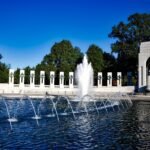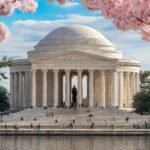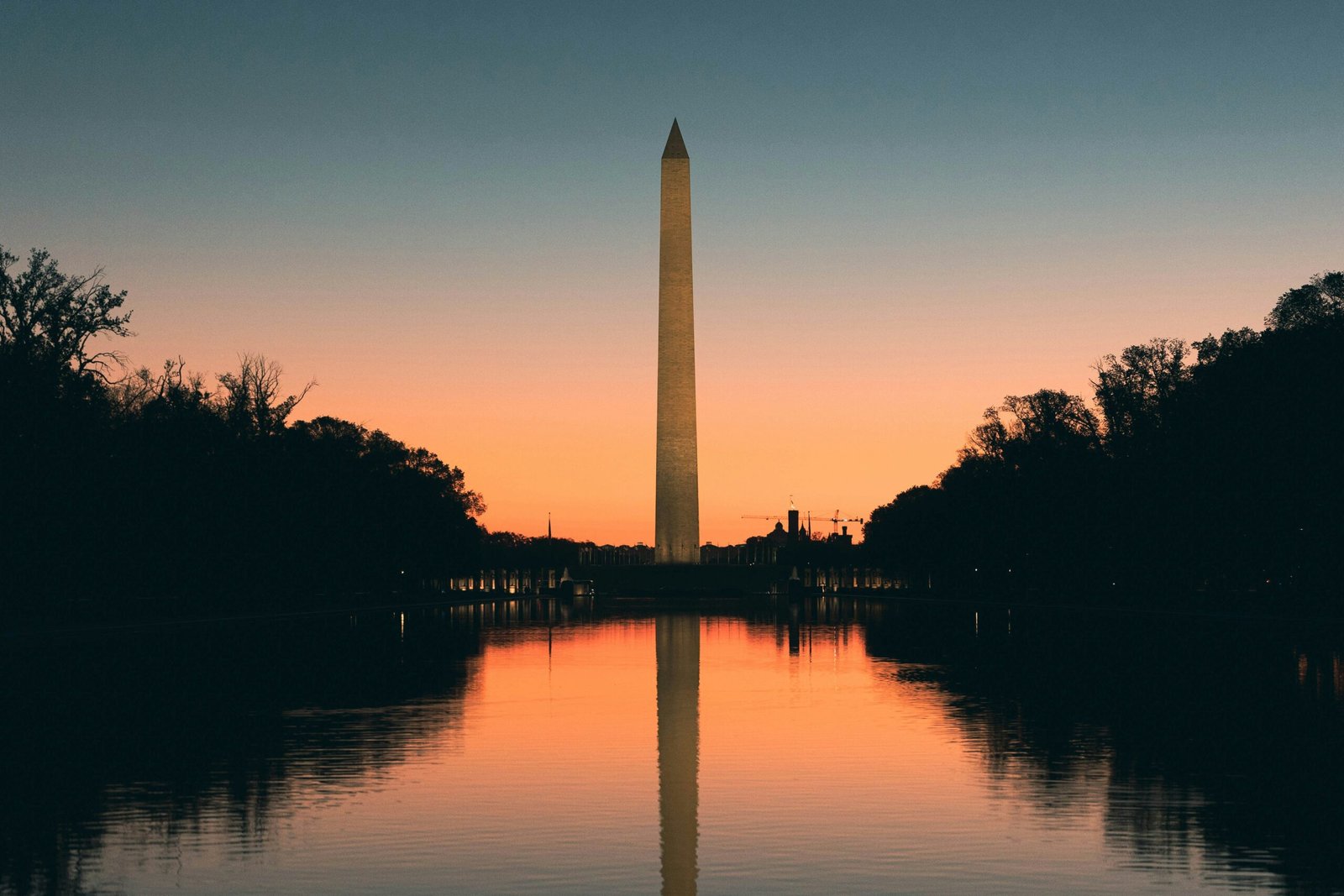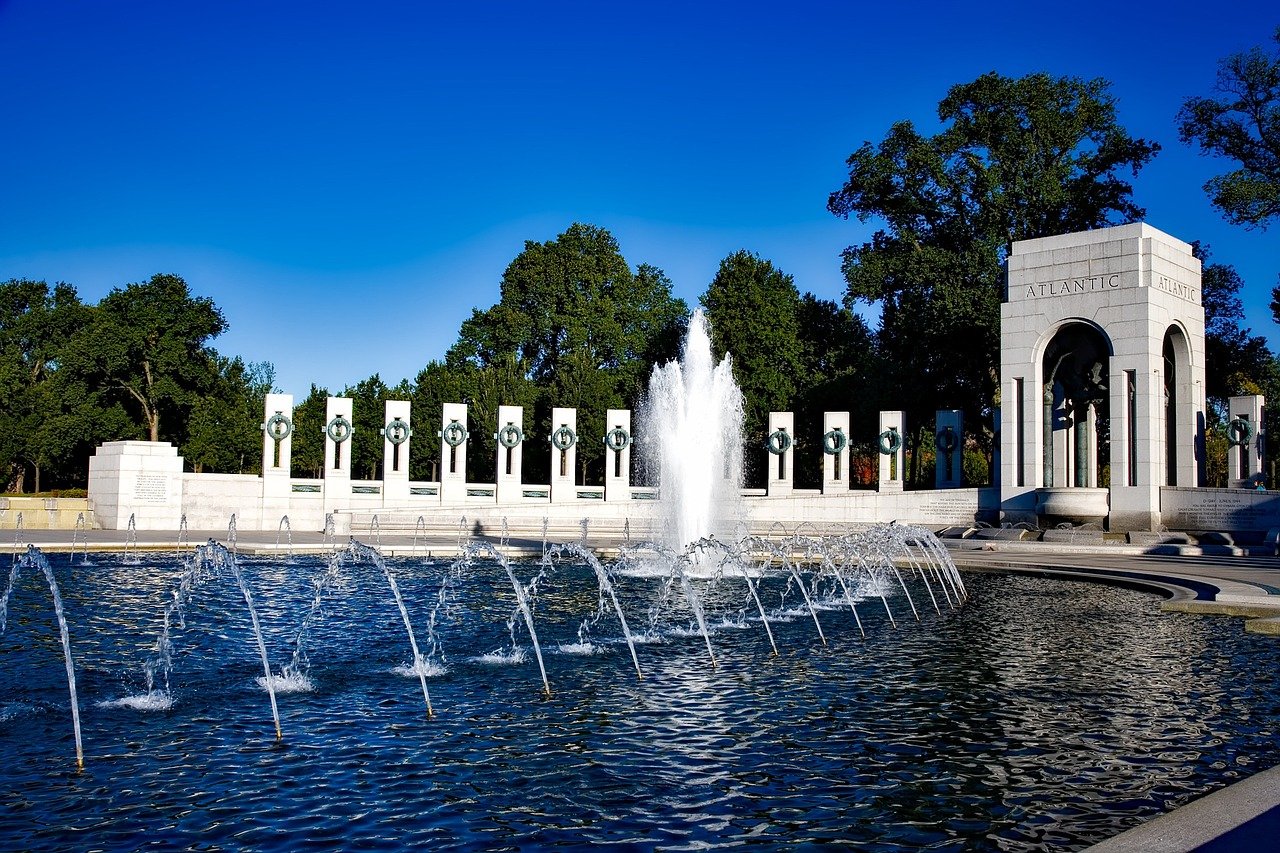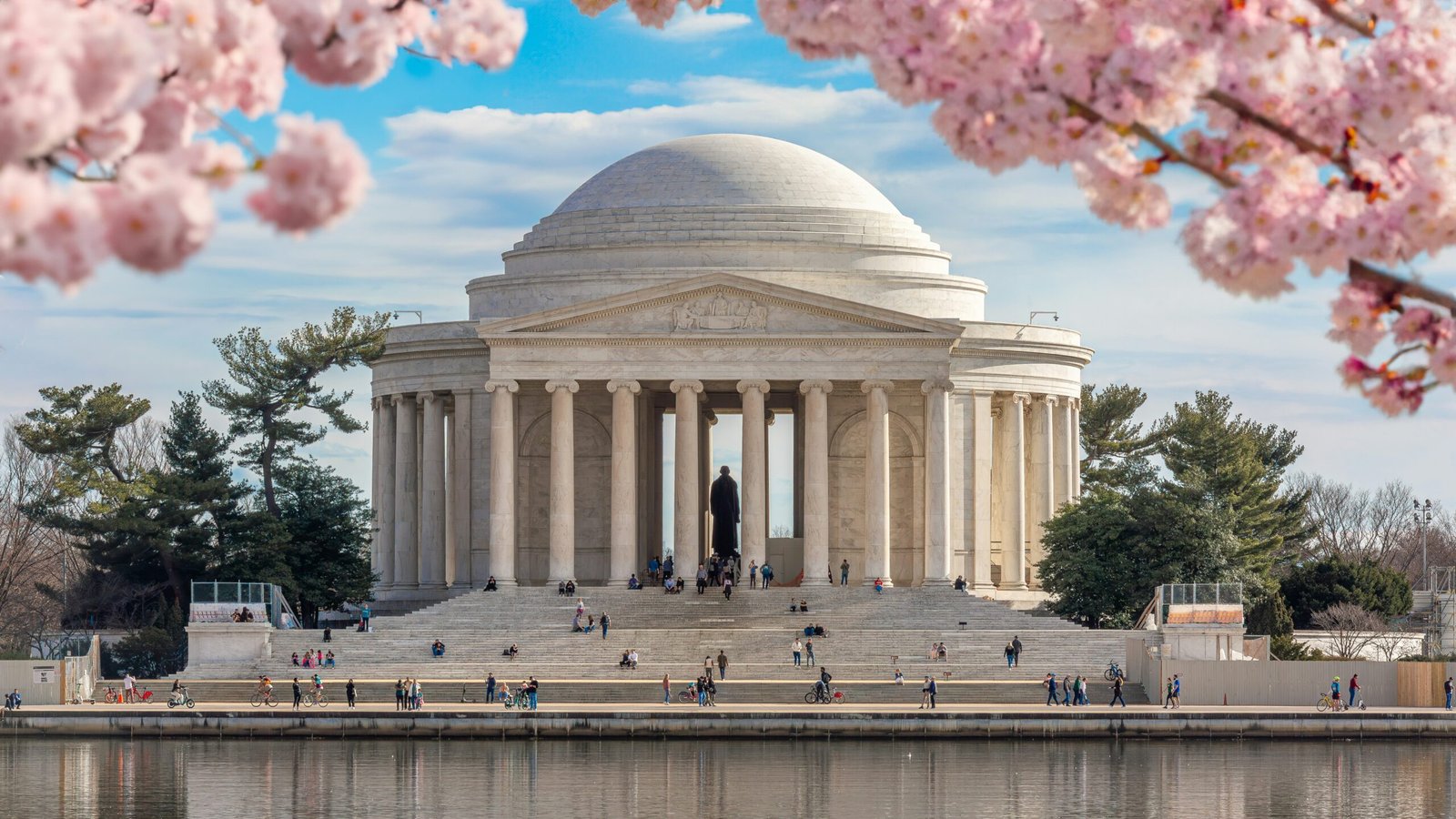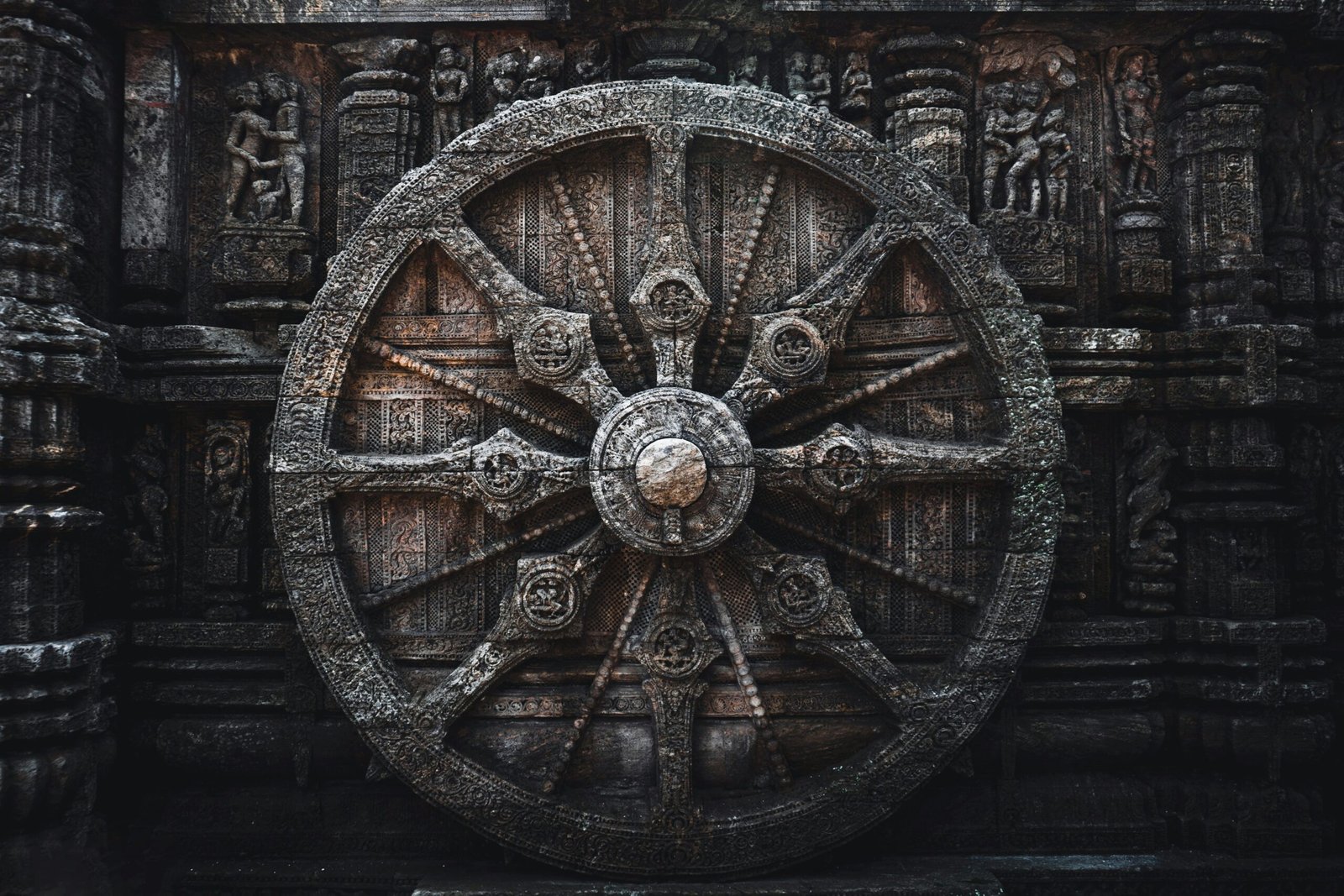A Historical Overview of the Washington Monument
It honors George Washington, the nation’s founding father and first President. The idea for this grand structure began in the early 19th century. After Washington died in 1799, many people wanted a memorial to honor him. The Washington National Monument Society started planning in 1833, but they faced many challenges, including financial issues and disagreements about the design.
Construction began in 1848, but it quickly hit obstacles. Robert Mills created the original design, which had a circular base with statues. Over the years, this design changed significantly due to evolving styles and priorities. The project stalled in 1854 when funds ran out, and the Civil War further delayed progress. The nation’s political climate during this time mirrored the monument’s unfinished state.
After a break of more than 20 years, construction resumed in 1879, overseen by the U.S. Army Corps of Engineers. The new design featured a simple obelisk shape, symbolizing strength and permanence. Finally, on February 21, 1885, the monument was dedicated. This marked the end of nearly 40 years of hard work and commitment to honor Washington’s legacy.
Key figures, like Thomas Lincoln Casey, played vital roles in addressing the many issues that arose during construction. Today, the Washington Monument stands not only as a beacon of American history but also as a testament to the dedication of those who made it possible.
The Washington Monument: A Neoclassical Marvel
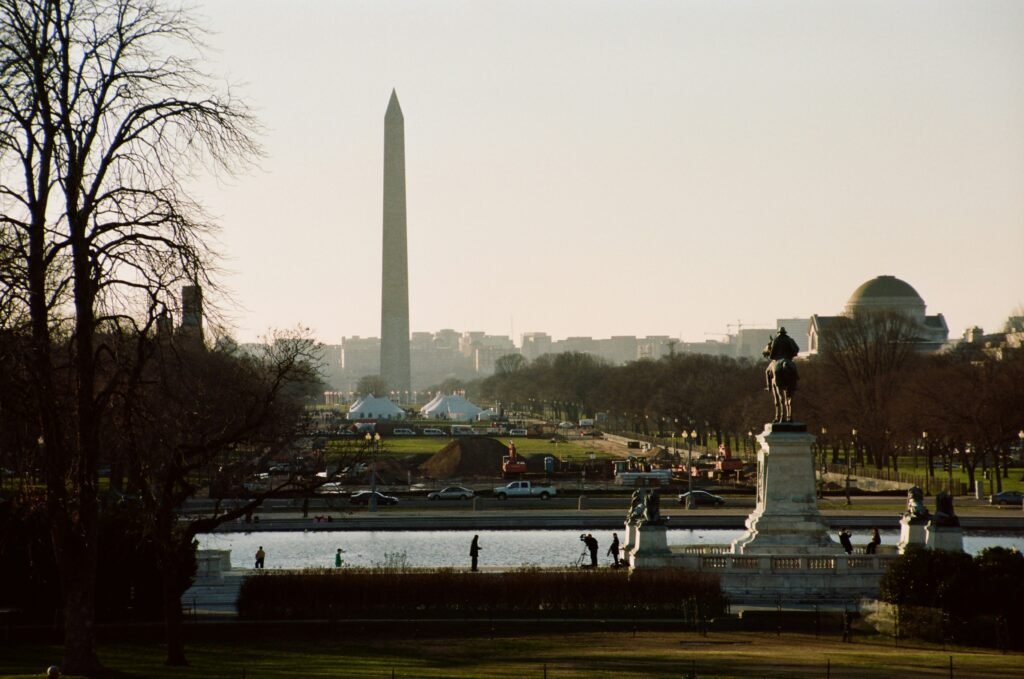
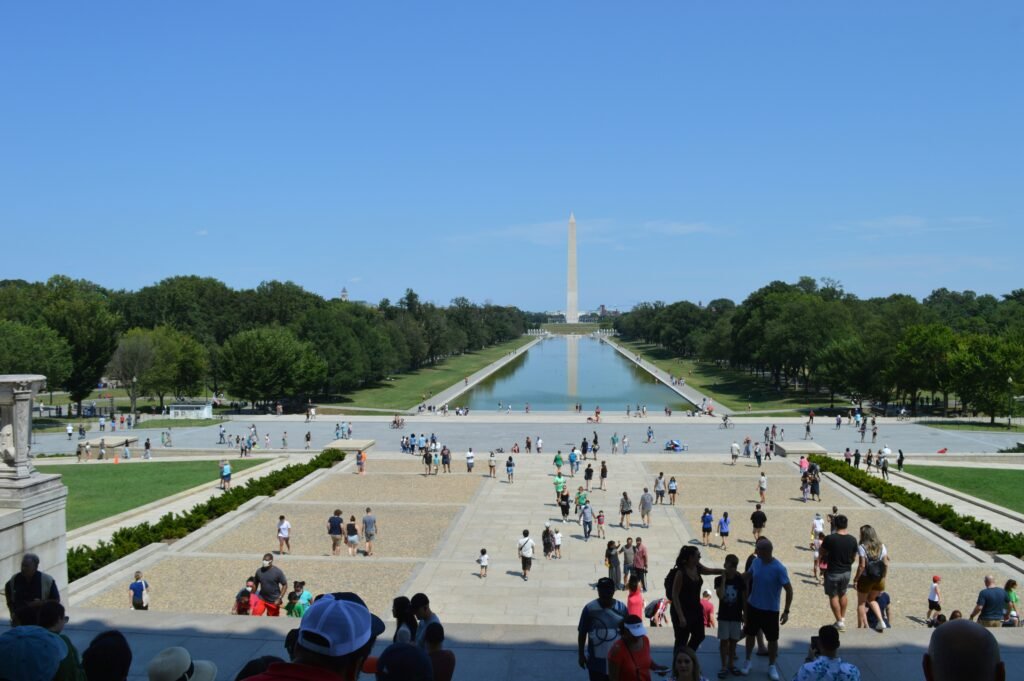
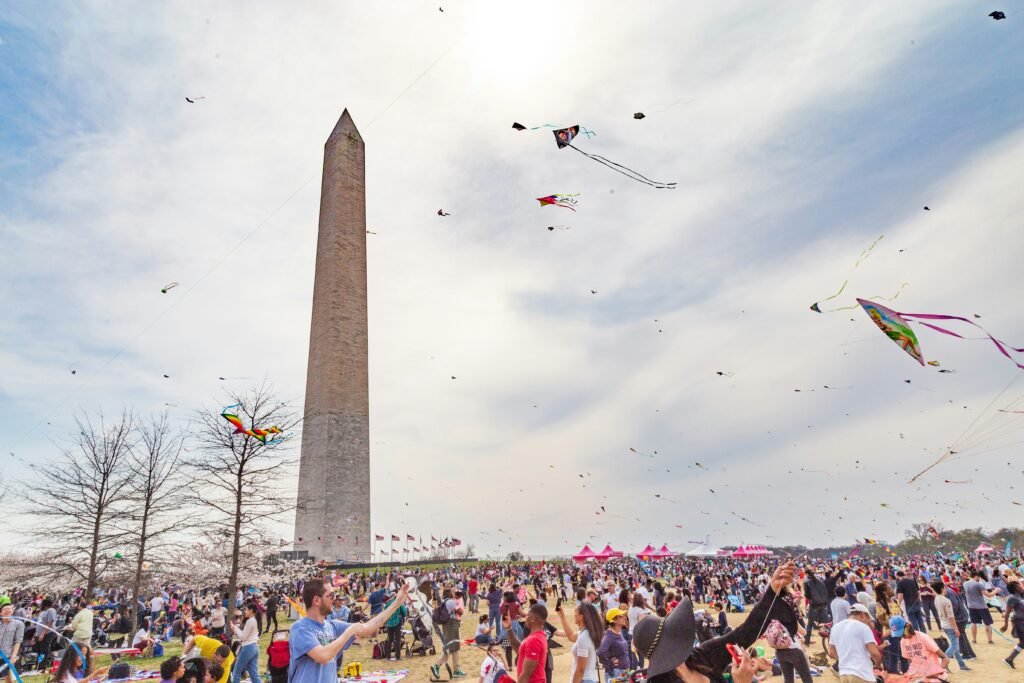
The obelisk shape symbolizes eternal life and commemorates significant figures, reflecting the ideals and values Washington embodied. Standing at an impressive 555 feet, it was the tallest man-made structure in the world when completed in 1884. Innovative engineering techniques made this monumental feat possible, focusing on both durability and beauty.
The monument’s construction used various materials, primarily marble, granite, and blue stone. Its base consists of solid marble, while the upper portion features white marble from different quarries, resulting in slight color variations. These differences emphasize the architectural splendor and symbolize the collaboration of multiple states in building the monument. Notably, the coloration differences highlight sections added in the late 1850s compared to those completed later.
This strategic positioning enhances its significance within the National Mall. It aligns with the Lincoln Memorial and the U.S. Capitol, creating a symbolic connection between the founding ideals of the nation and the legacy of Abraham Lincoln. This thoughtful alignment shows the careful design considerations made by architects and planners. Thus, the Washington Monument serves not just as a tribute but as a vital part of American history.
The Washington Monument: America’s Tower of Strength and Unity
It holds immense cultural significance in American society. Erected in memory of George Washington, the first President, the monument embodies the nation’s founding principles. It has become a pivotal gathering point for historical events where citizens unite to commemorate significant moments in American history.
Over the years, the Washington Monument has hosted numerous public speeches, rallies, and gatherings that resonate with democracy and freedom. Notably, Dr. Martin Luther King Jr. delivered his famous “I Have a Dream” speech here during the 1963 March on Washington. This event underscored the monument’s role as a symbol of unity and civil rights. Such gatherings show that the monument is not just a tribute to one individual but also reflects the broader aspirations of the American people.
Located in the nation’s capital, the monument further symbolizes resilience and national unity. Standing at an impressive height of 555 feet, it towers over the surrounding landscape, representing the strength and tenacity of the American spirit. The Washington Monument reminds citizens of their shared history and the ongoing journey toward a more perfect union. It reflects America’s evolving narrative, embodying the ideals that bind the nation while honoring the foundational elements that shaped its identity.
In essence, the Washington Monument captures the essence of American values. It encourages reflection on the past while inspiring future generations to uphold the ideals of liberty and democracy.
Visiting the Washington Monument: Tips for an Enjoyable Experience
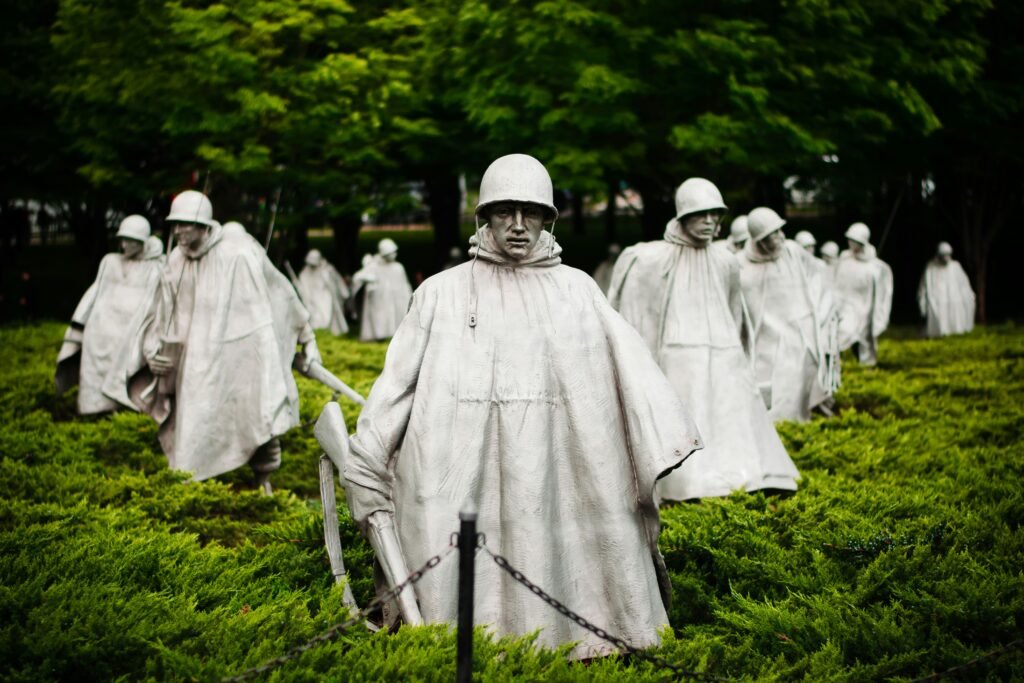
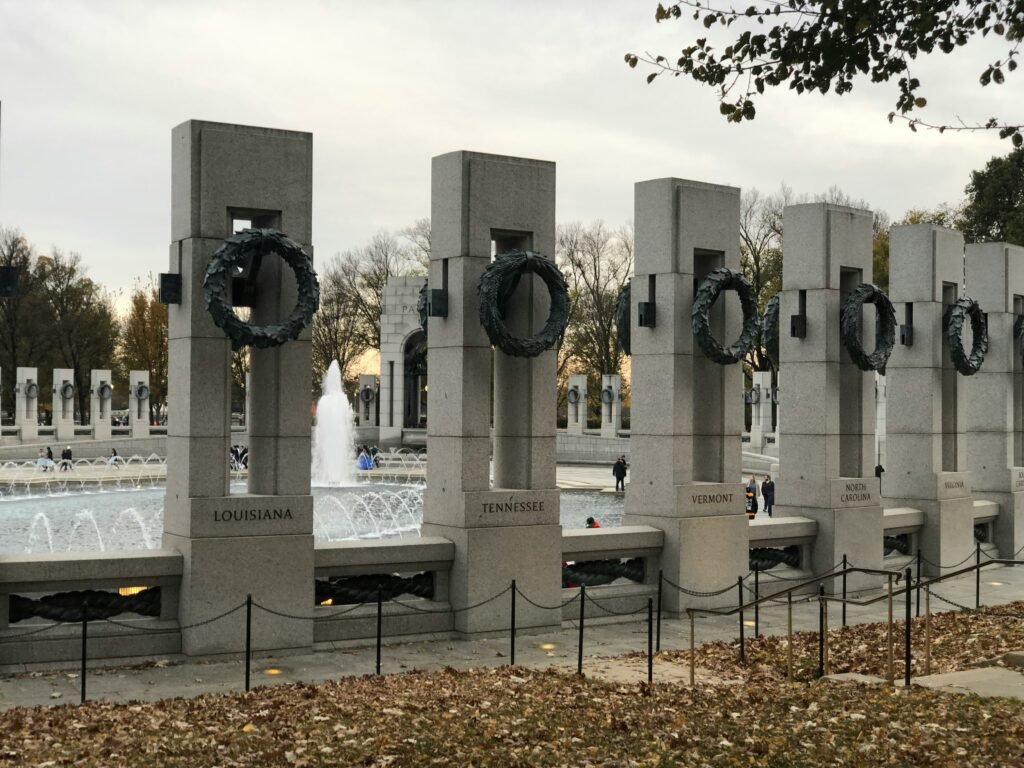
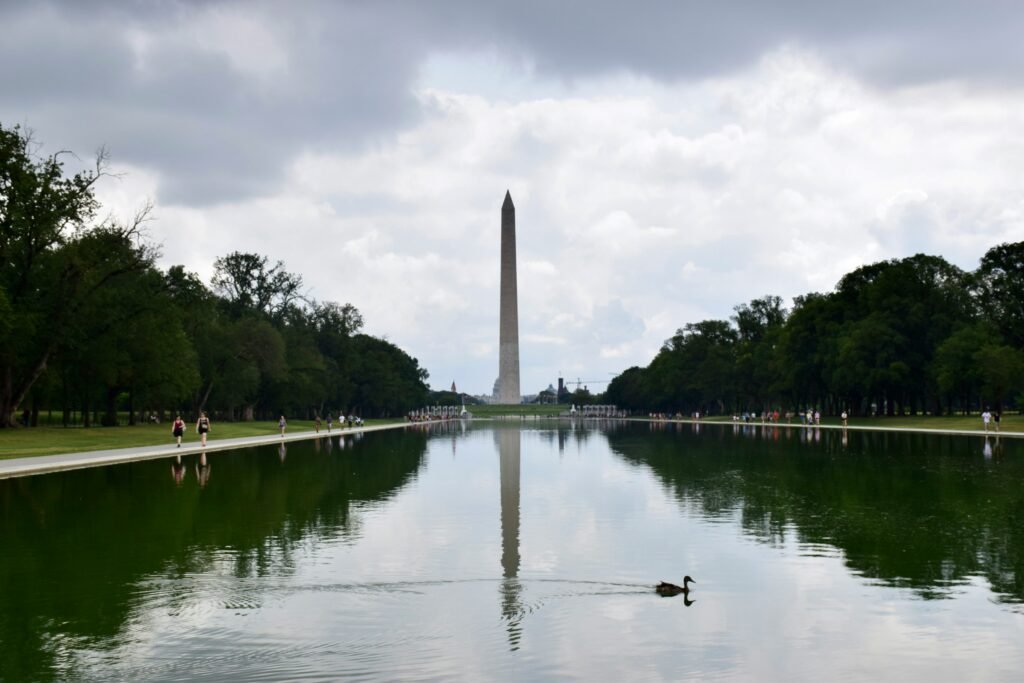
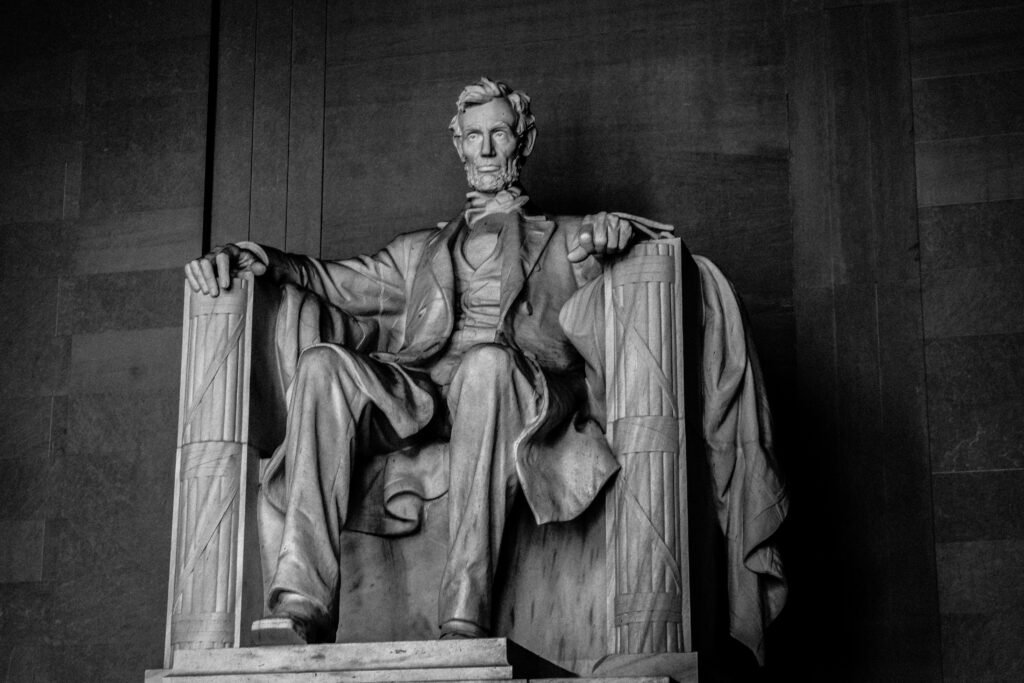
When planning your visit to the Washington Monument, timing is key to maximizing your experience. The best times to go are early in the morning or later in the afternoon on weekdays when crowds are thinner. This strategy allows for a more leisurely exploration of the monument and its surroundings. During peak tourist seasons, such as summer and major holidays, foot traffic can increase significantly. Therefore, advanced planning is crucial.
Tickets are required for entry to the Washington Monument and can be obtained through the National Park Service website. It’s wise to reserve your tickets well in advance, as they may sell out quickly, especially during busy times. Visitors can choose a morning or afternoon time slot to ascend the monument, offering breathtaking views of the city and its landmarks from the top.
Accessibility is a priority at the Washington Monument. An elevator is available for those who may have difficulty using the stairs. If you require assistance, inform the staff in advance to ensure a smooth experience.
After visiting the Washington Monument, explore the National Mall, which offers numerous attractions. Nearby sites include the Lincoln Memorial, the World War II Memorial, and the Reflecting Pool. These landmarks contribute to a rich historical tapestry. The visitor center provides educational resources, helping guests learn more about the monument’s history and its significance as a symbol of American resilience and democracy. With careful planning, your trip to the Washington Monument can be both enriching and memorable.
